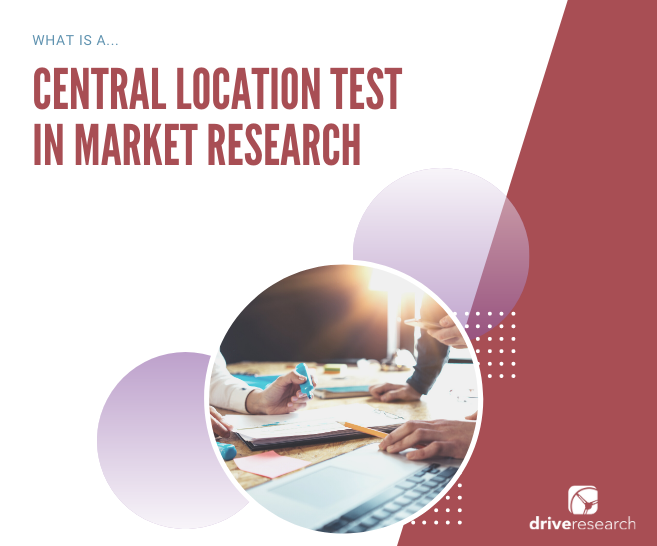
28 ก.ค. Central Location Test (CLT) in Market Research
A central location test (CLT) is often performed for quantitative research purposes. Unlike a home-use test where testing takes place in the participants’ homes, CLTs take place in a controlled environment. CLTs, commonly referred to as hall tests, have a number of advantages, including the ability to interact in-person with the participants.
Central Location Tests (CLTs) are a great way to create a controlled environment for your market research. This is often essential for taste testing and sensory testing.
Benefits of Central Location Testing (CLT) in Market Research
CLTs are conducted in various settings, including hotels, malls, churches, testing labs, schools, eateries, community settings, and more.
With CLTs, researchers gain the ability to eliminate bias because of the controlled-environment aspect. Take for example you are conducting a taste test. You can give all participants the same amount of food along with the same beverage to drink. In addition, because all participants are monitored in the same setting, this further eliminates bias.
CLTs also give researchers the ability to obtain “raw” feedback. Unlike over-the-phone and online surveys, CLTs make it possible to view the participants’ body language and facial reactions. This observational data is often of crucial value for product development and marketing purposes.
Our market research blog talked about the interpretation of body language here.
Another benefit of CLTs stems from researchers being able to ask questions in real-time based on participant actions. This is especially important as it allows researchers to fully test intangible concepts along with tangible goods. Researchers can take note of participants’ sensory impressions and more.
CLTs are usually a cost-effective method for conducting market research. CLT market research companies can book a suitable location of their choice that complements their research objectives. CLTs also give researchers the ability to recruit a large number of participants in a short amount of time.
Types of Central Location Testing (CLT) Methods
To glean the most valuable data from a CLT, it is important to use the right testing method. There are several to choose from. Your marketing research objectives will influence which method is most appropriate for each CLT you conduct.
Paired Comparison Test
Each participant is given a set of standardized criteria along with two products. They are then asked to compare those products at the same time according to the standardized criteria. This helps researchers understand how two products compare against one another.
Monadic Test
Each participant is tasked with focusing on a single product. Much of the time, monadic tests are performed during CLTs to determine how well the product will perform once it is introduced to the marketplace.
Sequential-Monadic Test
During this type of test, each participant assesses two products but not at the same time. After assessing each product, the participants are then tasked with re-evaluating the products at the same time. This provides researchers with valuable relative rankings data.
The point of having the participants assess each product separately at first is to neutralize the tendency consumers often have to exaggerate the differences between the products when they assess them at the same time without first having assessed them individually.
Proto-Monadic Test
Participants are asked to evaluate one product by itself. They are then given another product to compare to the first one. Throughout the CLT, researchers rotate which product is shown first and which one is then introduced secondly for the comparison.
Repeat Paired Comparison Test
Participants are asked to compare the same two products at least two times. The purpose of repetition is to ensure the initial feedback provided was not random. Take for example one of the products comes in yellow packaging but the participant does not like the color yellow. At first, this may form a bias and cause the participant to have dislike for the product. After evaluating the same product again, however, the participant is more likely to look beyond any subjective dislikes.
Examples of Central Location Testing (CLT)
CLTs require strategic organization but are generally a cost-effective way to improve product development and marketing concepts. These tests can significantly vary in their locations.
Take for example you are conducting a taste test in the middle of a shopping mall. One or two moderators stand in the middle of the mall and recruits participants as they walk by. The taste testing may take place as soon as the person is recruited, or participants may be instructed to go to a separate site, such as a meeting room in another area of the mall.
CLTs that involve taste testing are especially ideal for R&D scientists as it helps them formulate new foods and beverages. It also provides valuable insight as to how to reformulate their existing food and beverage products.
On the other end of the spectrum, researchers can recruit participants well before the CLT takes place. This is often seen when CLTs are conducted in a very controlled environment, such as a testing lab, hotel, or focus group facility where advanced research equipment is used to gather data. An example of such equipment is special apparatus that monitors the eye movements of participants.
When choosing a facility for CLTs, it is crucial find one that provides central, convenient access to participants. Other factors to consider include the size of the venue, available equipment, comfort of the venue, and its layout.
ที่มา: https://www.driveresearch.com/market-research-company-blog/central-location-test-clt-in-market-research/
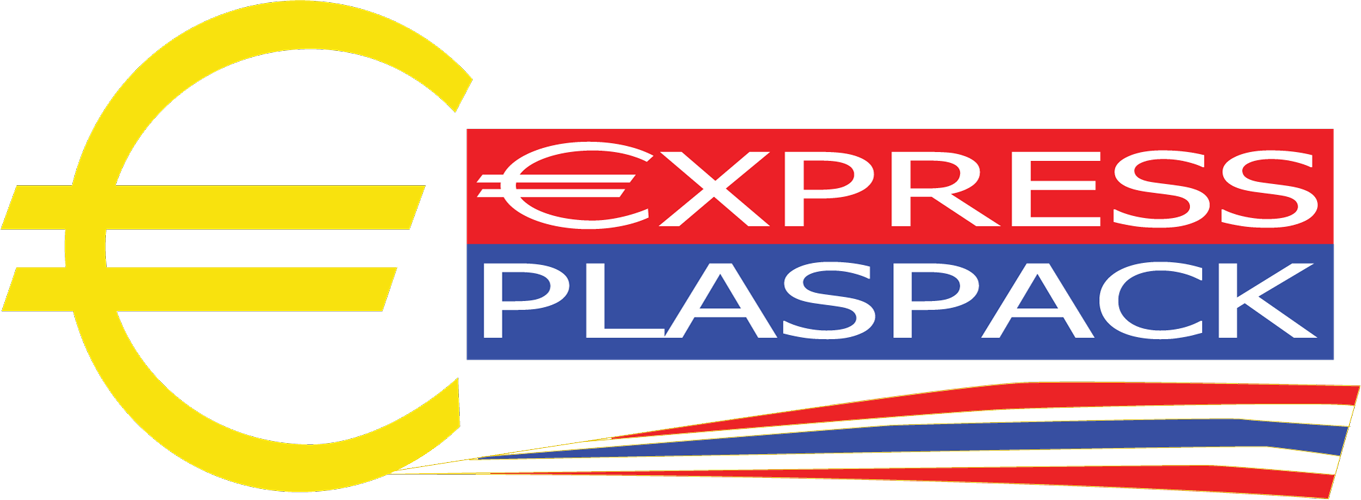


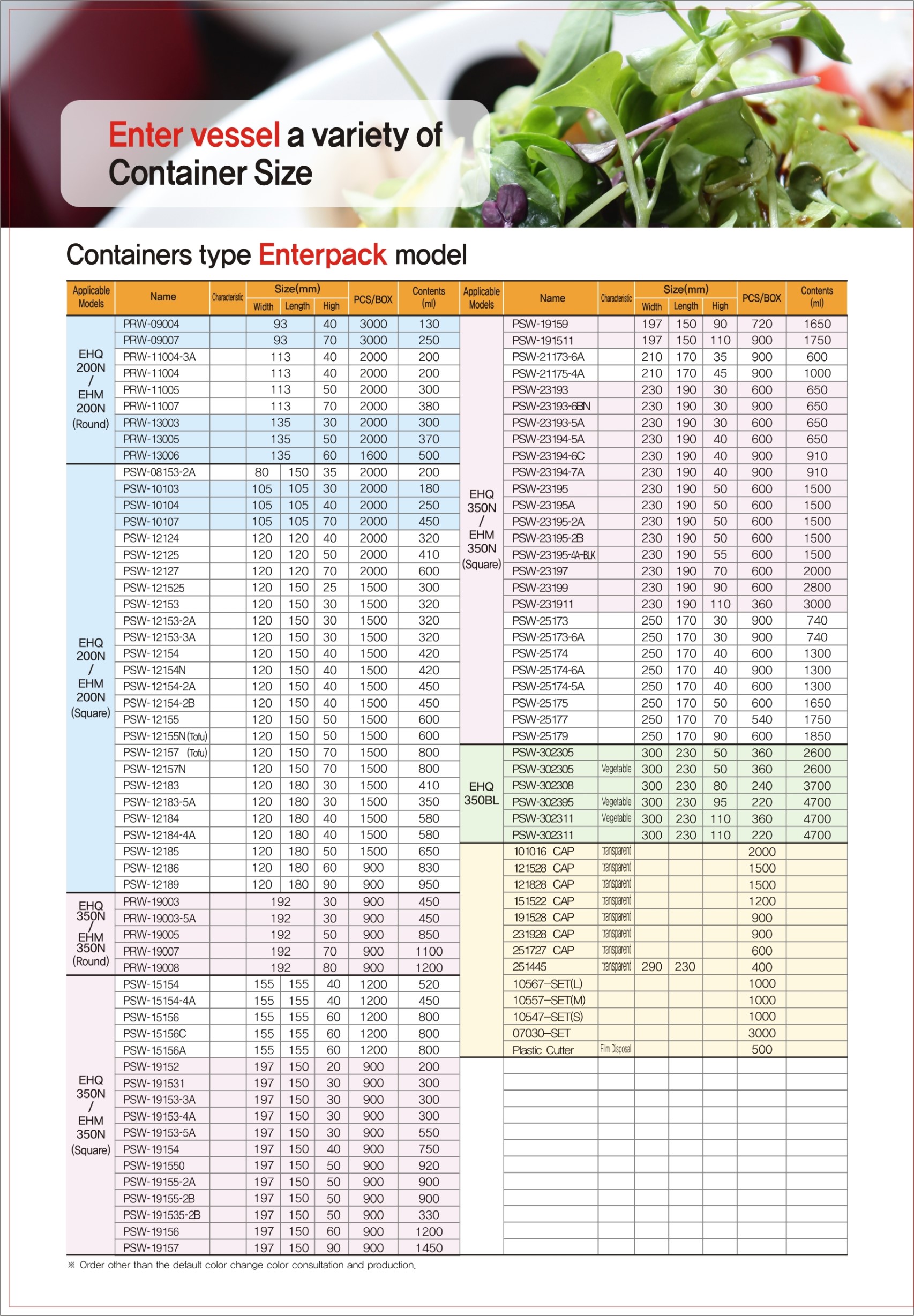
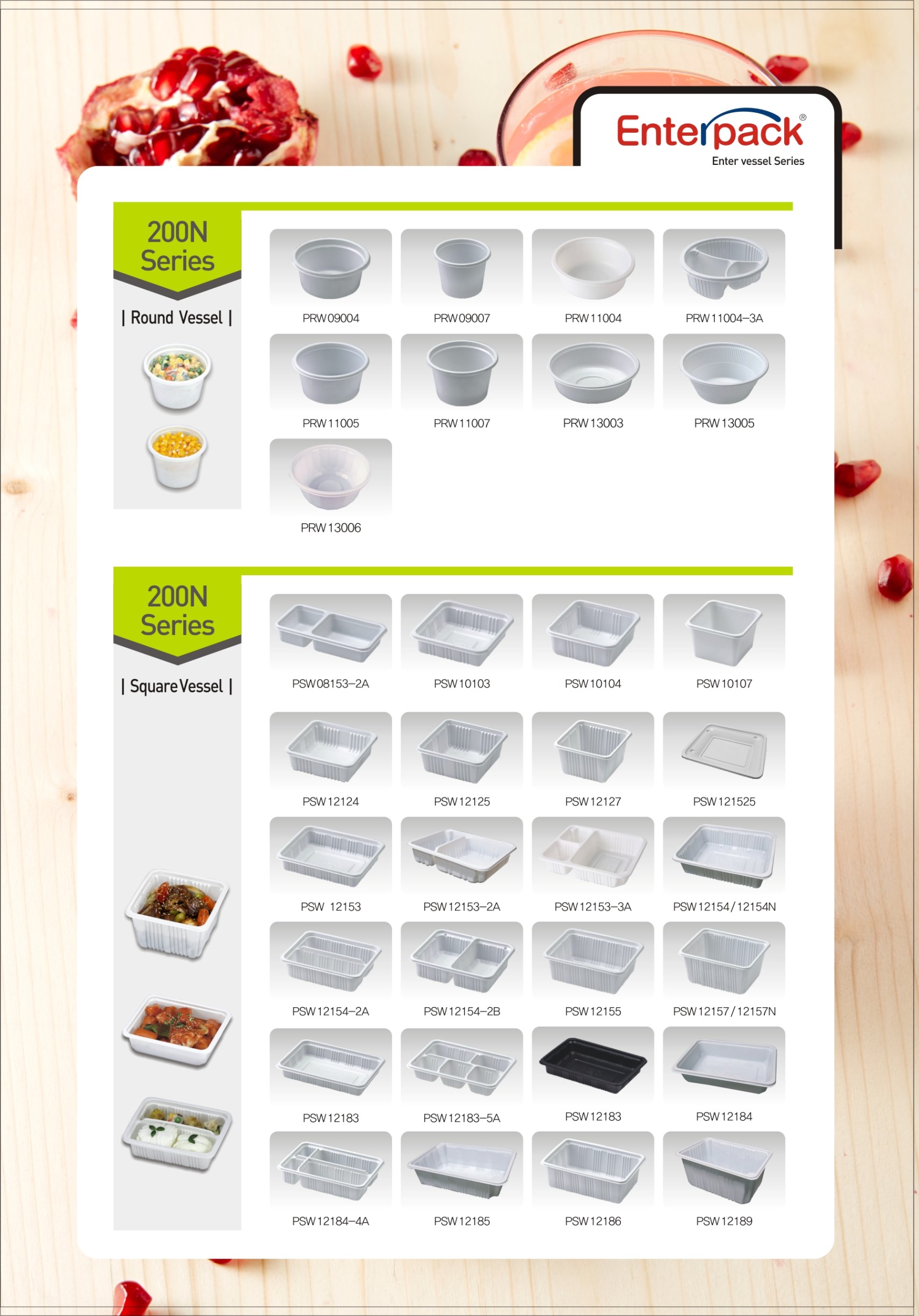
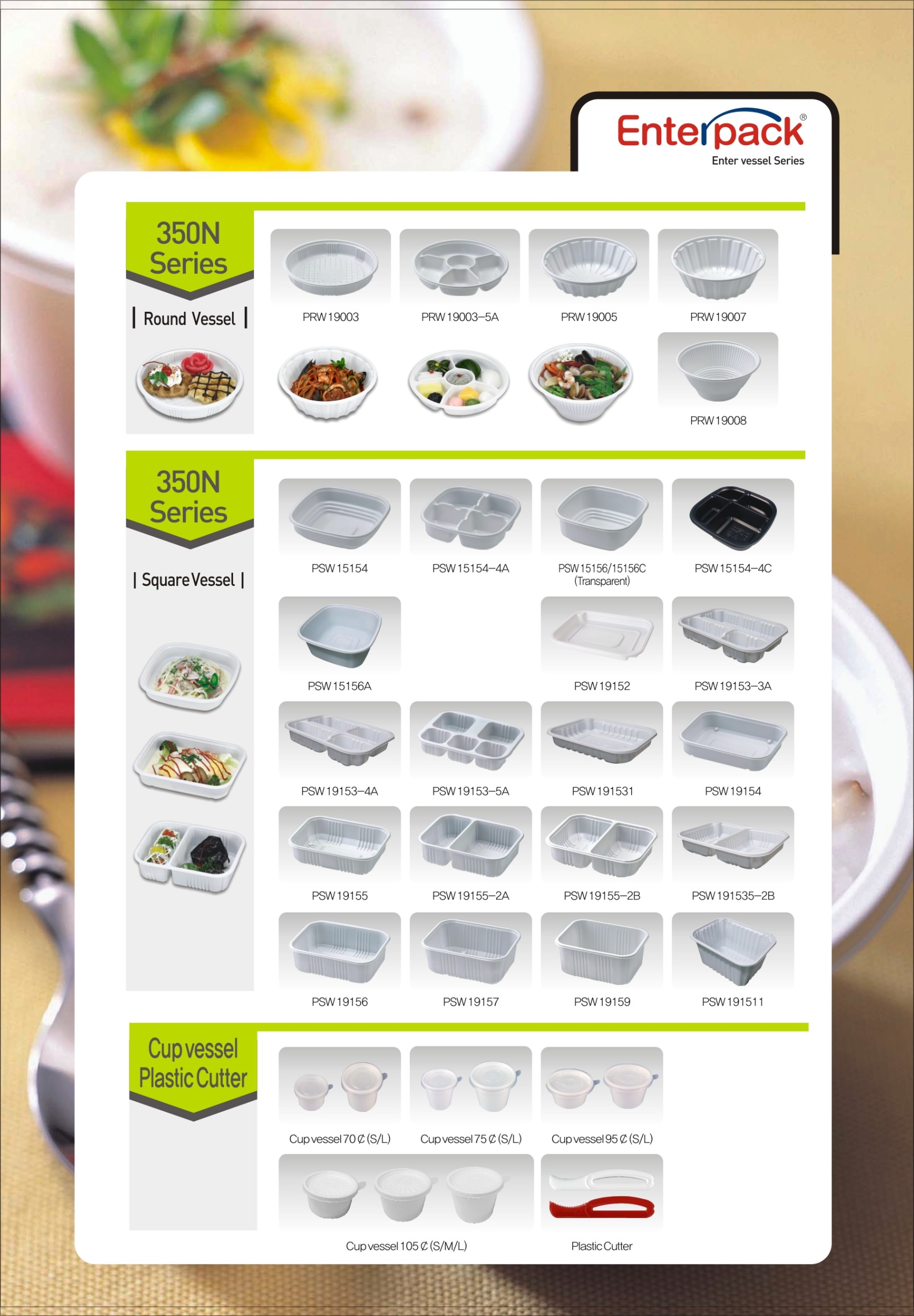
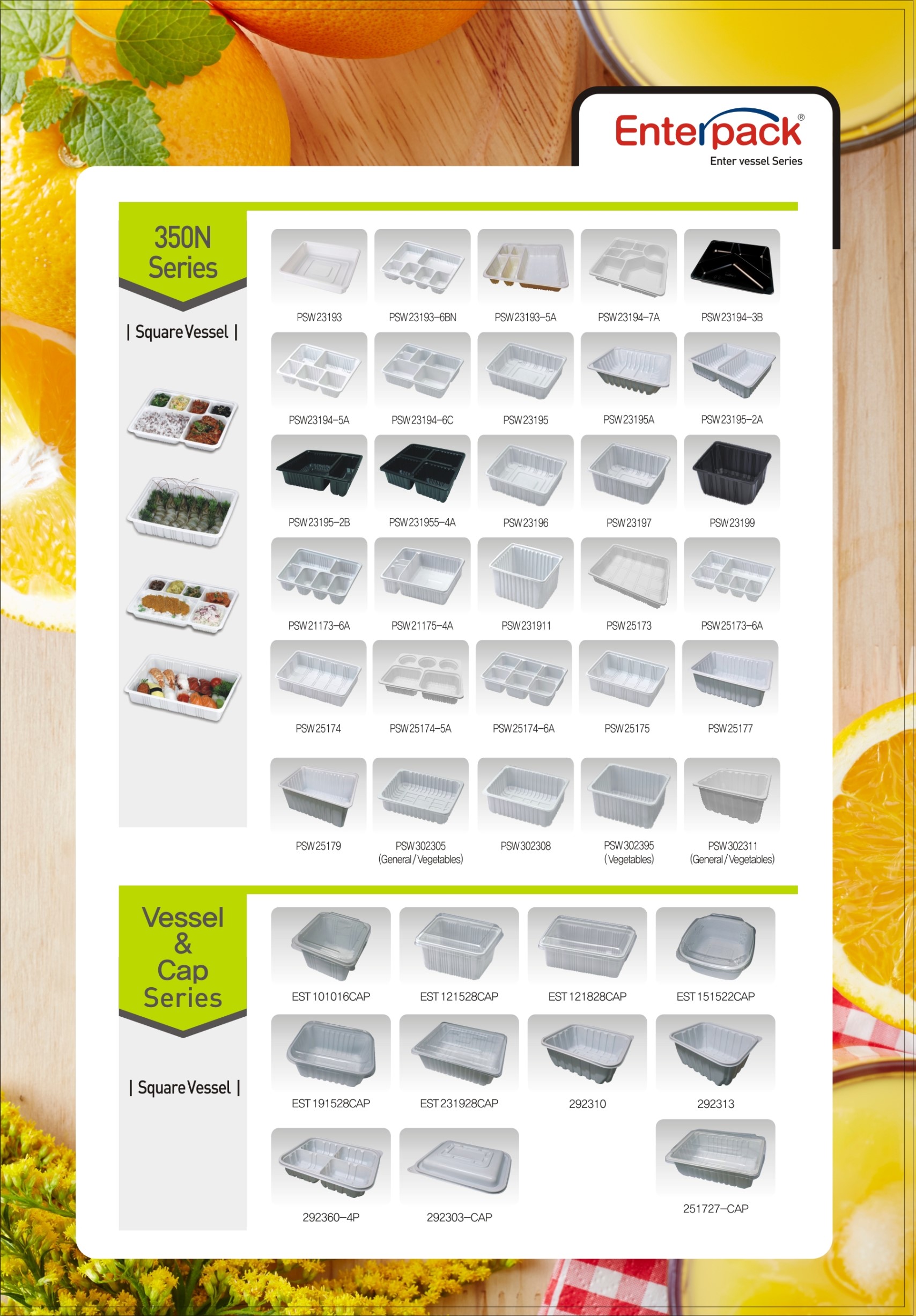



Sorry, the comment form is closed at this time.